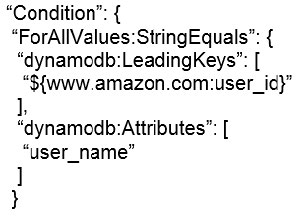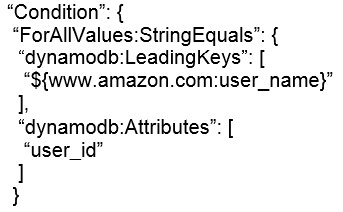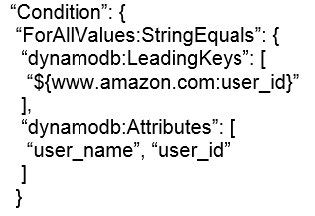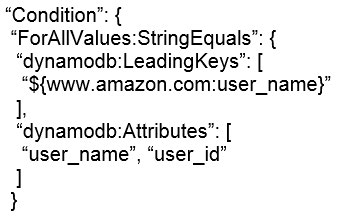A company is developing a report executed by AWS Step Functions. Amazon CloudWatch shows errors in the Step Functions task state machine. To troubleshoot each task, the state input needs to be included along with the error message in the state output.
Which coding practice can preserve both the original input and the error for the state?
A. Use ResultPath in a Catch statement to include the error with the original input.
B. Use InputPath in a Catch statement and set the value to null.
C. Use ErrorEquals in a Retry statement to include the error with the original input.
D. Use OutputPath in a Retry statement and set the value to $.
Which coding practice can preserve both the original input and the error for the state?
A. Use ResultPath in a Catch statement to include the error with the original input.
B. Use InputPath in a Catch statement and set the value to null.
C. Use ErrorEquals in a Retry statement to include the error with the original input.
D. Use OutputPath in a Retry statement and set the value to $.




